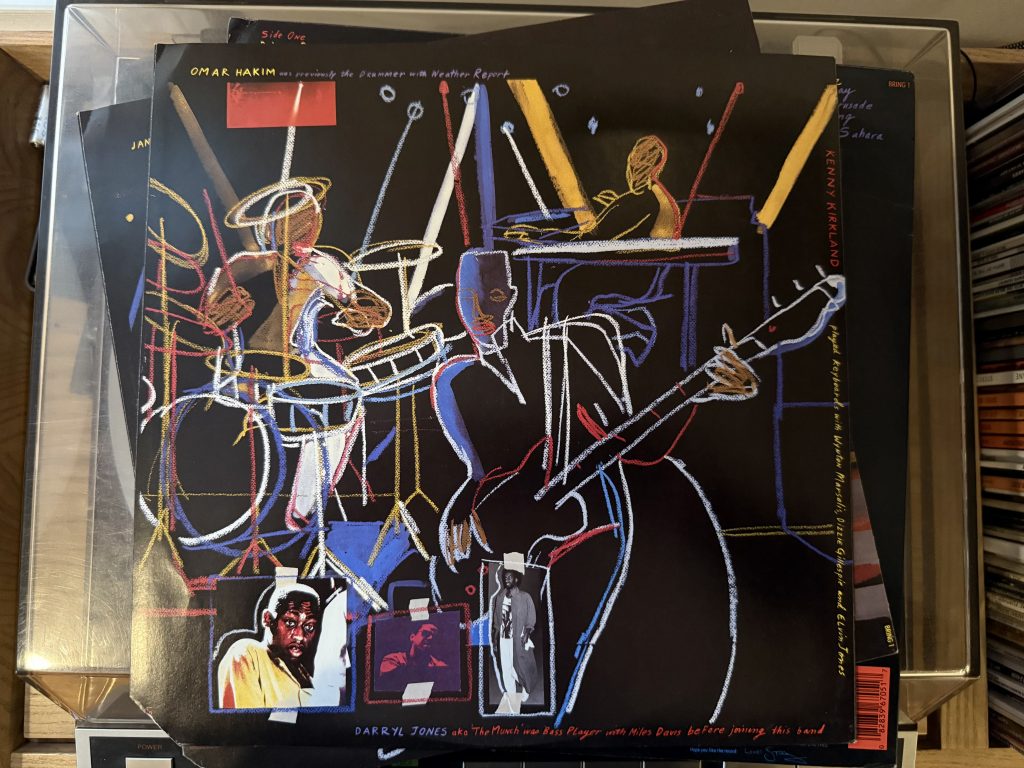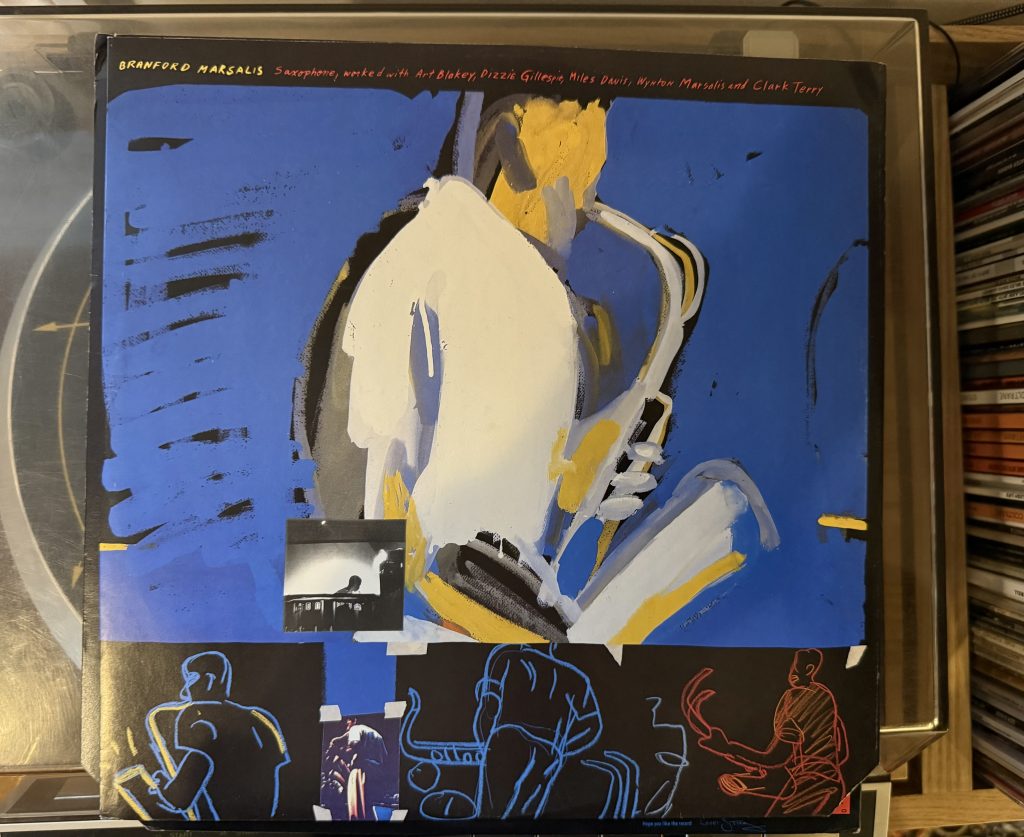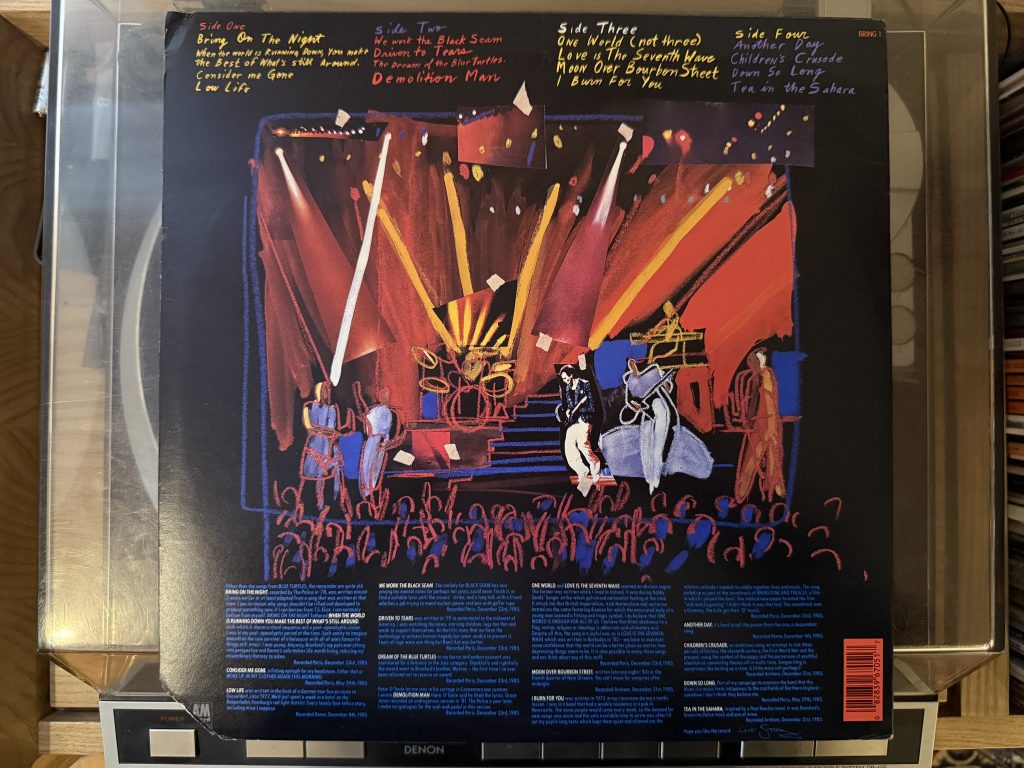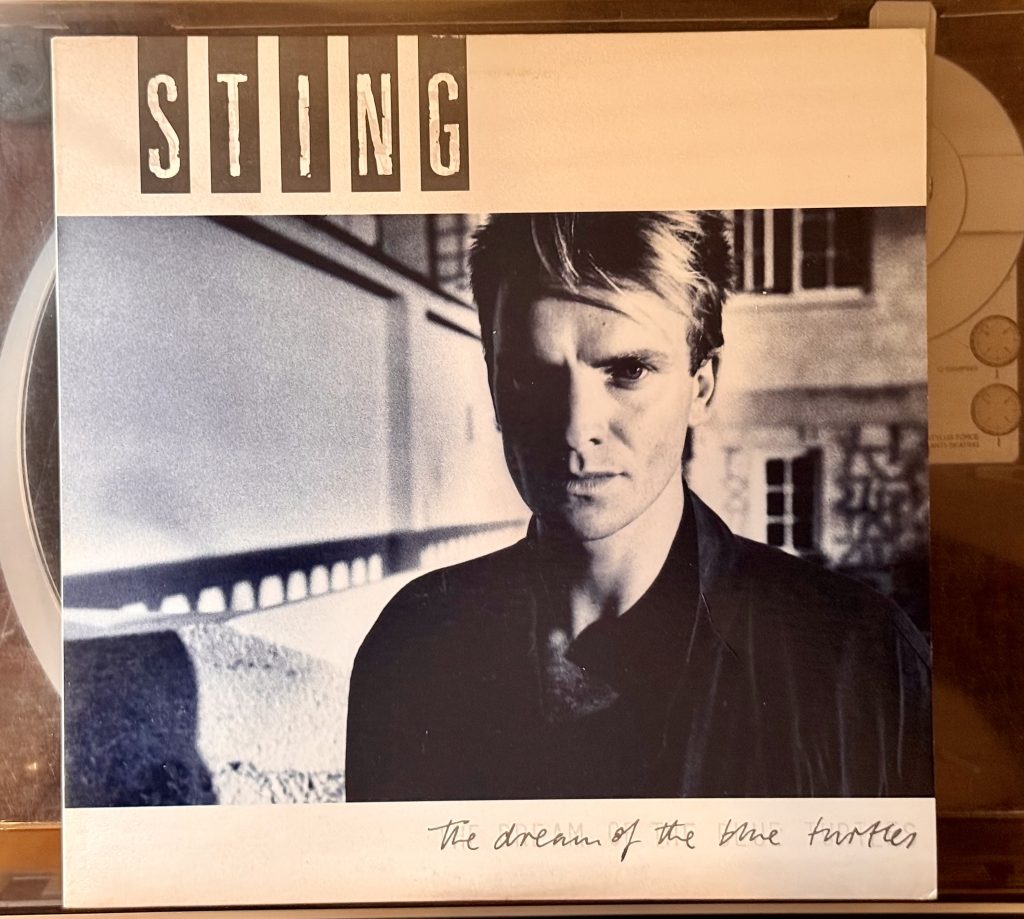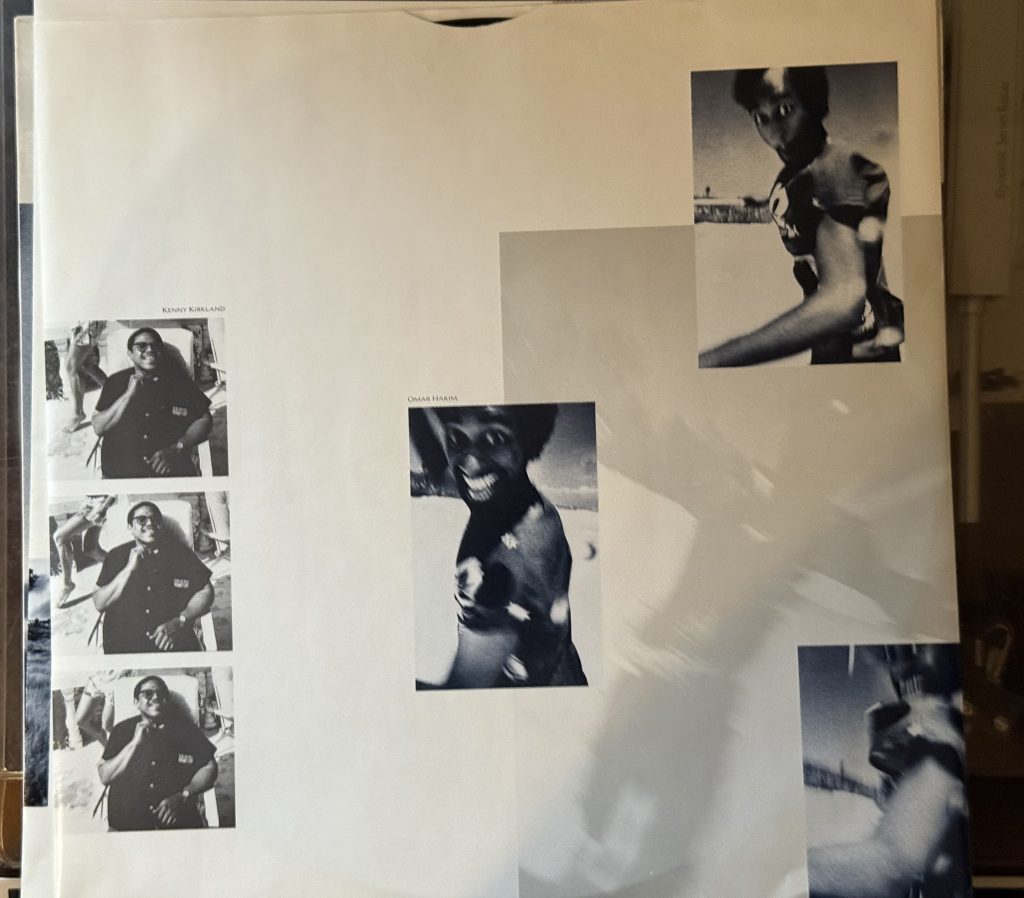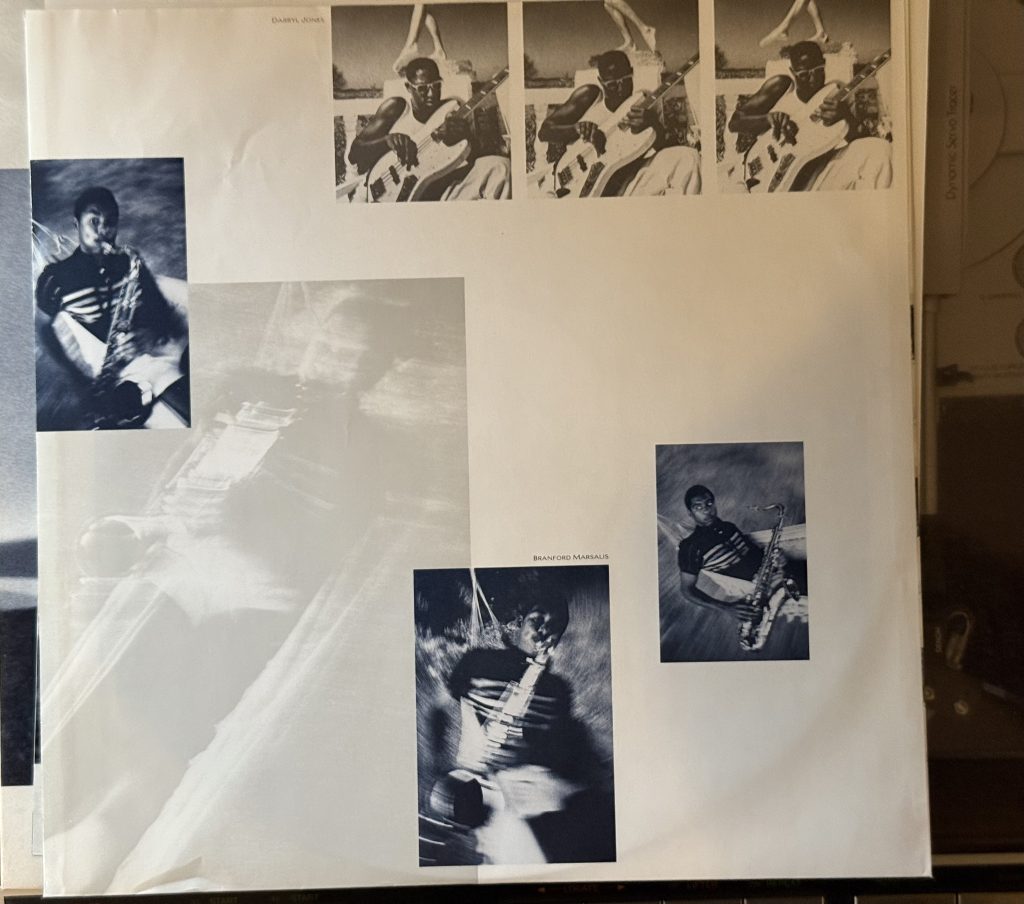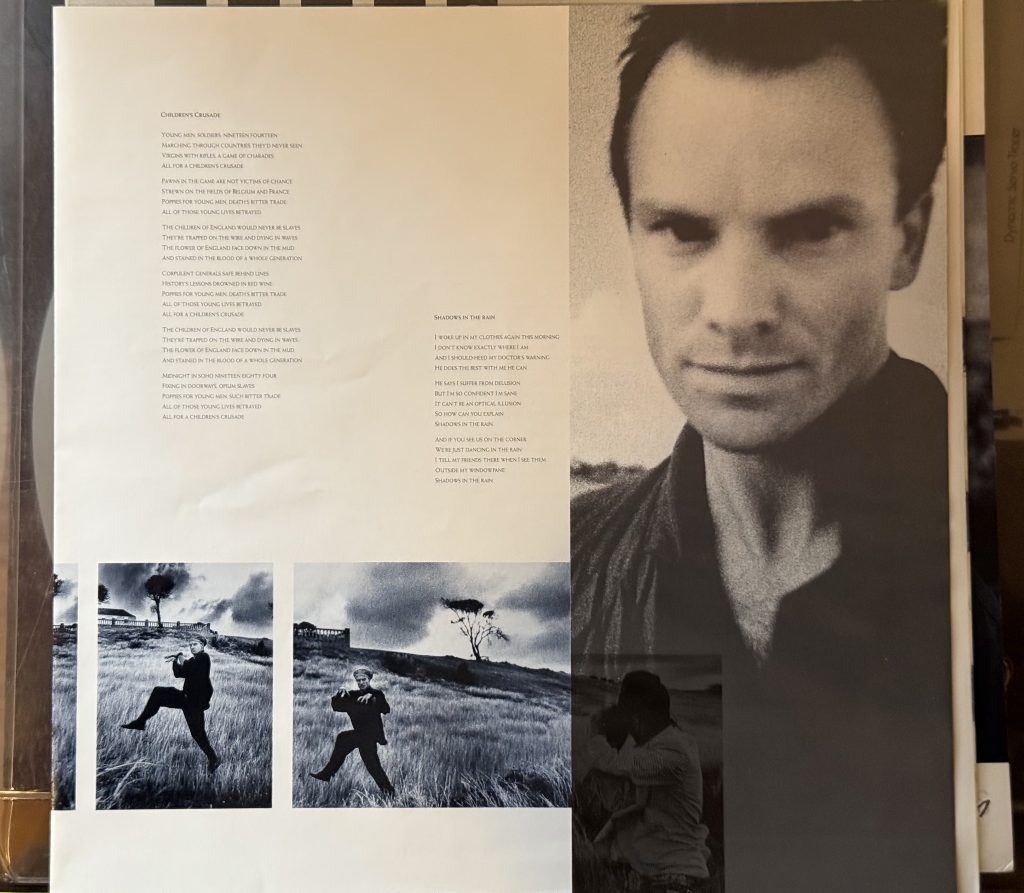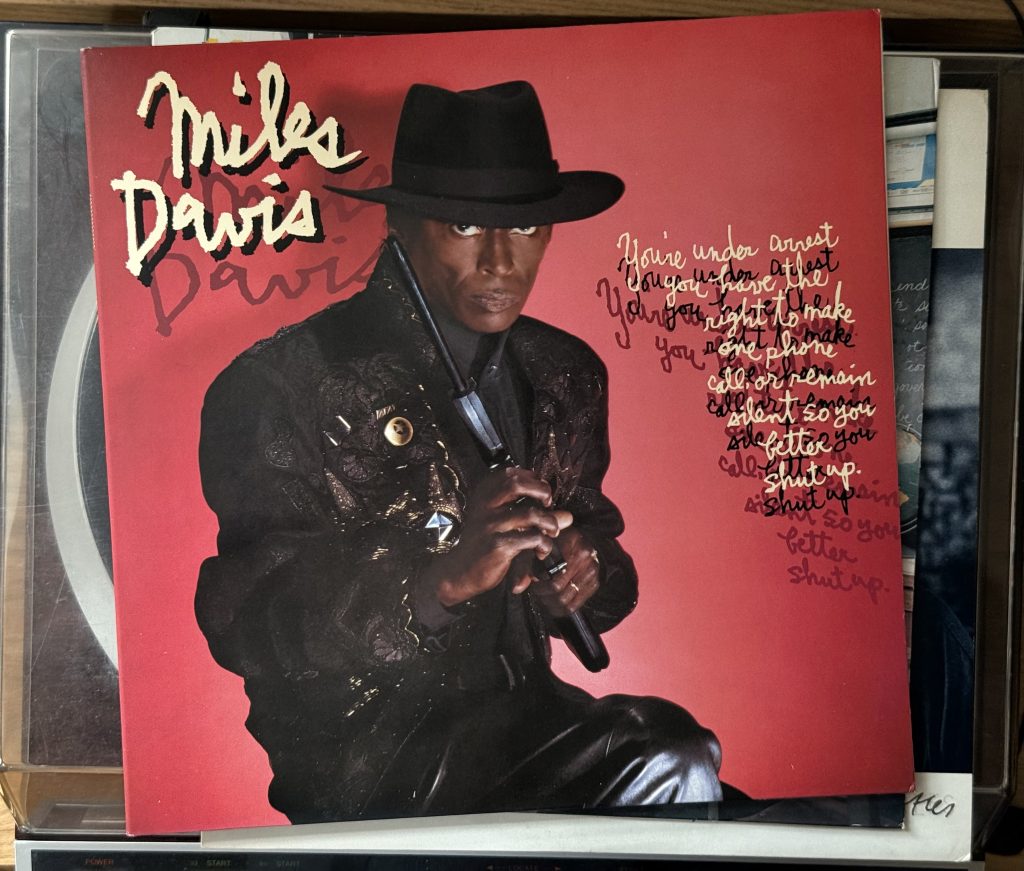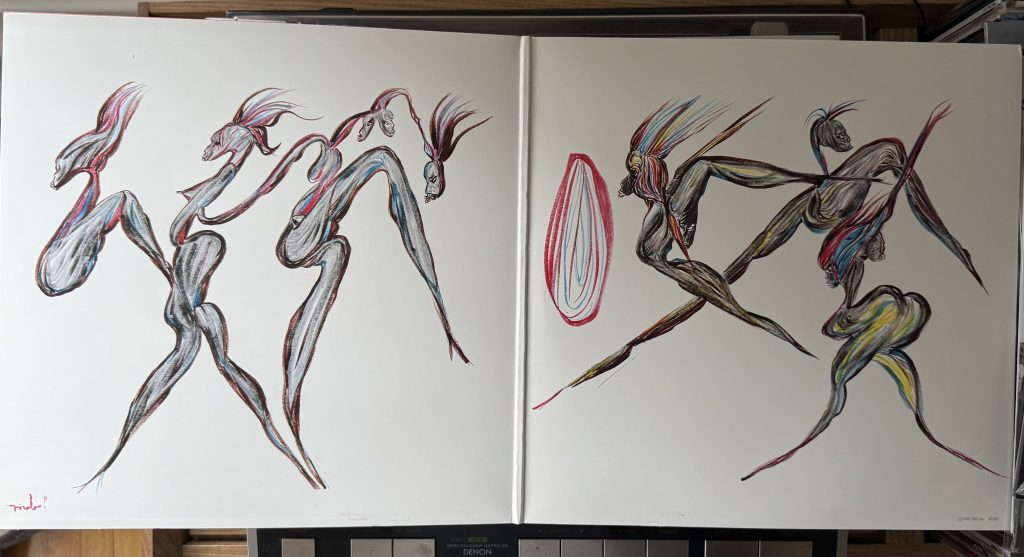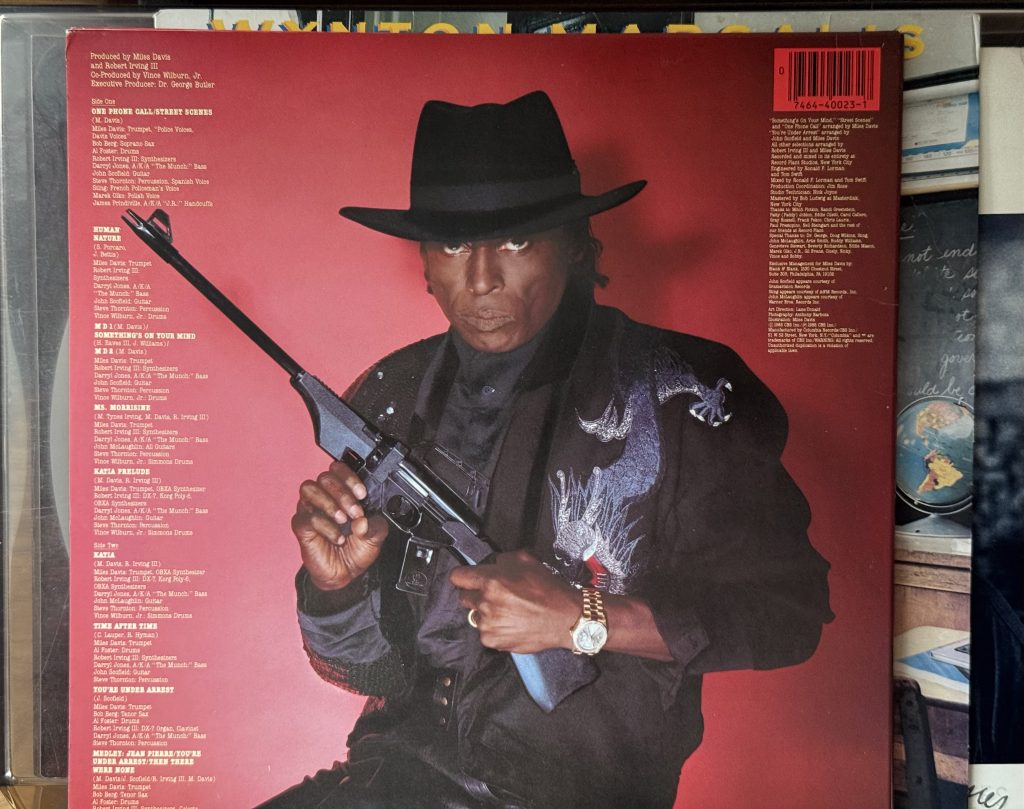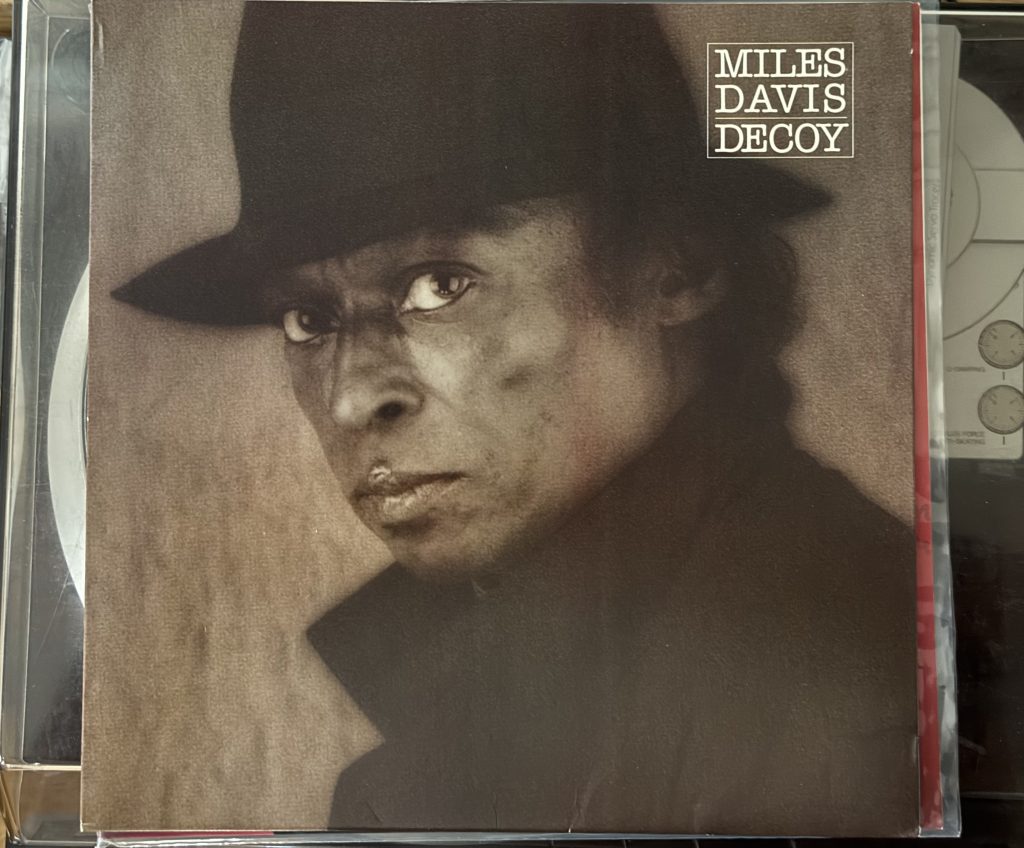
Album of the Week, April 19, 2025
I’m going to talk about the lead off single from Sting’s second solo studio album in this post, but it’s going to take me a while to get to it, because Sting took almost two and a half years to make the song. And what he was doing in the meantime kept him very busy.
The last we heard from Sting, he had followed his debut solo album with a documentary and live album, covering the formation of the jazz-rock combo that accompanied him through both those projects (and the birth of his son Jake). Those projects took up a good portion of 1985, though the Bring on the Night live album would not see release until the summer of 1986. So what was he doing in the meantime? Well, first of all he had to save the world. He appeared in a series of six concerts for Amnesty International known as the Conspiracy of Hope tour alongside Peter Gabriel, U2, Lou Reed, Joan Baez, Bryan Adams and the Neville Brothers. A number of Very Significant Things happened in these concerts. First, it solidified Sting’s association with Amnesty and his commitment to the cause of prisoners of conscience.
Second, the concerts served as a venue for an unexpected reunion of the Police, who hadn’t played together since their Synchronicity tour ended in March 1984 in Australia. The band wrapped up the Conspiracy of Hope tour by reuniting during the last three concerts; on June 15, 1986, they played a set at Giants Stadium in New Jersey in which they closed their set with “Invisible Sun.” U2’s earnest lead vocalist Bono joined that performance, and at the end, the Police members handed their instruments to the members of U2 as they joined the all-star finale version of “I Shall Be Released.” Bono, naturally regarded it as “a very big moment, like passing a torch.”
Sting and the band weren’t quite prepared to pass the torch, though, and they made arrangements to reconvene in the studio in July to start working on songs for a new album. Fate might have looked very differently if that project had gone ahead as planned, but the night before the recordings Stewart Copeland fell from a horse and broke his collarbone. Without the ability to effectively play together in the studio, the band did not gel as a writing and performing unit and they left after only recording two songs, both re-recordings of hits from Zenyatta Mondatta. “Don’t Stand So Close To Me ’86” would feature on their Every Breath You Take: The Singles compilation (and be played endlessly by me), but “De Do Do Do, De Da Da Da ’86” wouldn’t be officially released until 2000.
So much for the Police, alas. So what happened to Sting next? Well, the next thing he released was also associated with Amnesty; the “Conspiracy of Hope” tour begat a compilation record, also called Conspiracy of Hope (at least in the UK; the US version received the less euphonious name Rock for Amnesty). Other participants shared previously recorded album tracks (inevitably and appropriately, Peter Gabriel’s “Biko” from his third self-titled album leads the first side) or studio rarities like the re-recorded version of Tears for Fears’ “I Believe.”
Sting chose to go into the studio to record something specifically for the compilation. That he chose to cover Billie Holiday’s “Strange Fruit” seems a little incomprehensible now, but in the context of Amnesty’s work for justice, a pointed callout to America’s own history of racial injustice can be perhaps forgiven. The performance itself is brief but memorable; Sting’s vocals are in fine fettle and he is accompanied mostly by his own upright bass, with some subtle cymbals and keyboards.
After that, in late 1986, Sting’s mother died. They had not been especially close; in fact, Sting was at this point all but estranged from his family, having made some impolitic remarks in 1980 to a Rolling Stone interviewer: “I come from a family of losers – I’m the eldest of four – and I’ve rejected my family as something I don’t want to be like. My father delivered milk for a living and my mother was a hairdresser. Those are respectable occupations, but my family failed as a family, I grew up with a pretty piss-poor family life. I lived in Newcastle, which would be like living in Pittsburgh, and the whole thing for me was escape.” Though he was penitent in a 1983 interview, the family did not appear to have reconciled before his mother’s death. Years later, he confessed that he threw himself directly into work as a way to cope.
And the work that he found, at least for the time being, was a beer commercial. If you ever thought that “We’ll Be Together” sounded a little slick compared to the rest of Sting’s second album from which it was drawn, that might be because it was literally composed on spec: the Japanese brewing conglomerate Kirin Brewing Company asked him for a song for a commercial, to include the word “together” in the lyrics. Sting apparently wrote the song in a few minutes, the producers liked it, and he went and recorded it with Eric Clapton on guitar. A tidy payday.
Apparently Sting felt some remorse or at least dissatisfaction with the track, because he re-recorded it for its single release and album incarnation, this time with session guitarist Bryan Loren (best known for authoring and performing the song “Do the Bartman” from the album The Simpsons Sing the Blues, with an uncredited Michael Jackson on backing vocals. You can’t make this stuff up). But you can hear the original version with Clapton on the expanded edition of his second album, or on the b-side of the 12″ single. The 12″ also features the original album version, an extended mix that elongates the intro and adds a few extra bars, and an instrumental version.
All the non-Clapton versions feature the same band: Sting on bass and vocals, Kenny Kirkland on keys, Branford Marsalis on saxophone, Dolette McDonald and Janice Pendarvis on backing vocals, and some new faces—French drummer Manu Katché, who had played with Peter Gabriel on So, percussionist Mino Cinelu who had played with Miles and Weather Report, and backing vocalists Renée Geyer and Vesta Williams (who scored six top-10 Billboard R&B hits in the 1980s and 1990s in her own right). Missing from the mix: Omar Hakim, who was busy with other commitments, and Darryl Jones, who had presciently observed in an interview segment in Bring On the Night that “I’m not so totally sure yet that this is a band, in that everyone has… a totally equal say in what happens.” He would not record again with Sting, though he went on to a long career as the bassist in The Rolling Stones.
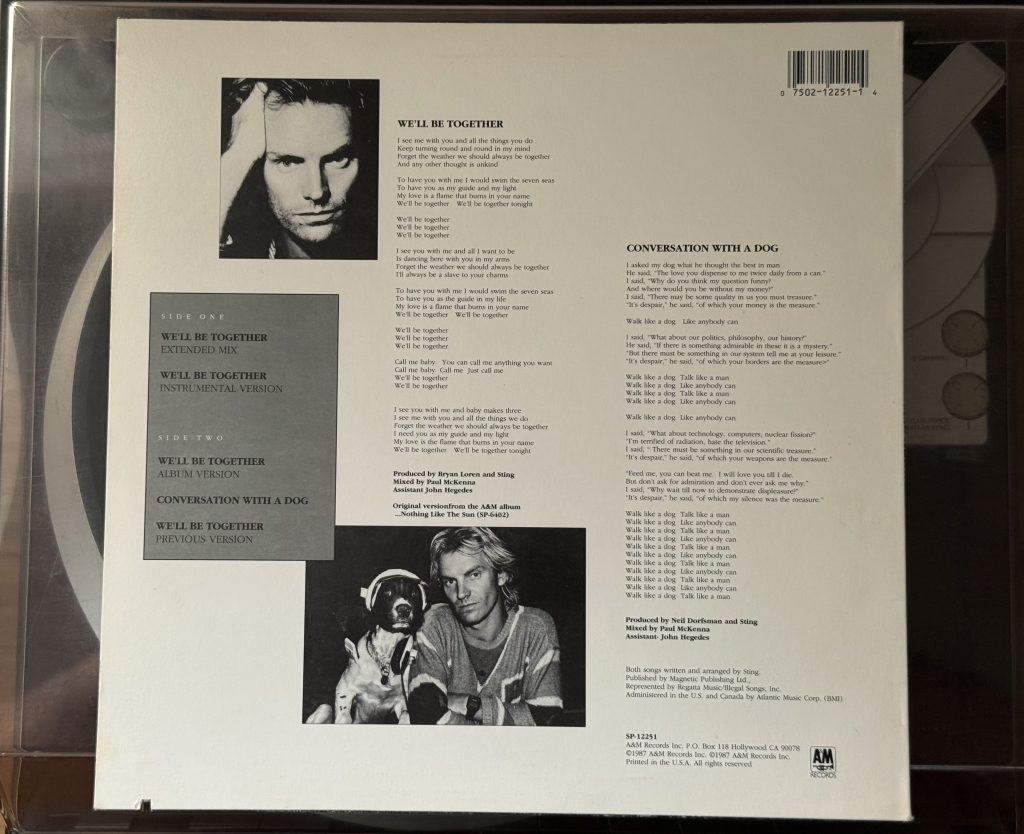
The other song on the single is a true curiosity in Sting’s work. “Conversation with a Dog” features a tight bass groove, some robotic sequencing and funky keyboards, and some of Sting’s most philosophical lyrics, cast as a Socratic dialog with his dog: “What about our politics, philosophy, our history?/ ‘If something’s admirable in these, it is a mystery.’” It’s a great showcase for Kenny Kirkland, if nothing else, and for Sting’s moderately believable impression of a barking dog. And I must confess I continue to have in the back of my mind the couplet “There must be something in our scientific treasure/ ‘Despair,’ he said, ‘of which your weapons are the measure.’” “Conversation with a Dog” hinted that Sting had deeper preoccupations on his mind than beer commercials, and we’ll check more of those out next time.
You can see the original music video for “We’ll Be Together,” set to the extended mix of the song, here:
Sadly, there was no video for “Conversation with a Dog.” But! It turns out there were several Kirin beer commercials as part of the epic advertising campaign, all featuring Sting looking smoldering. You’re welcome.
PS: I have yet to forgive the graphic designer of this record sleeve for not knowing the difference between a straight quotation mark and a proper apostrophe. I haven’t been able to prove it, but I’ve long suspected that this cover was a contributing factor leading to Robin Williams’ creation of her groundbreaking work The Mac Is Not a Typewriter. Still worth a read, if only to clear up the mystery of the number of spaces after a period (one).



